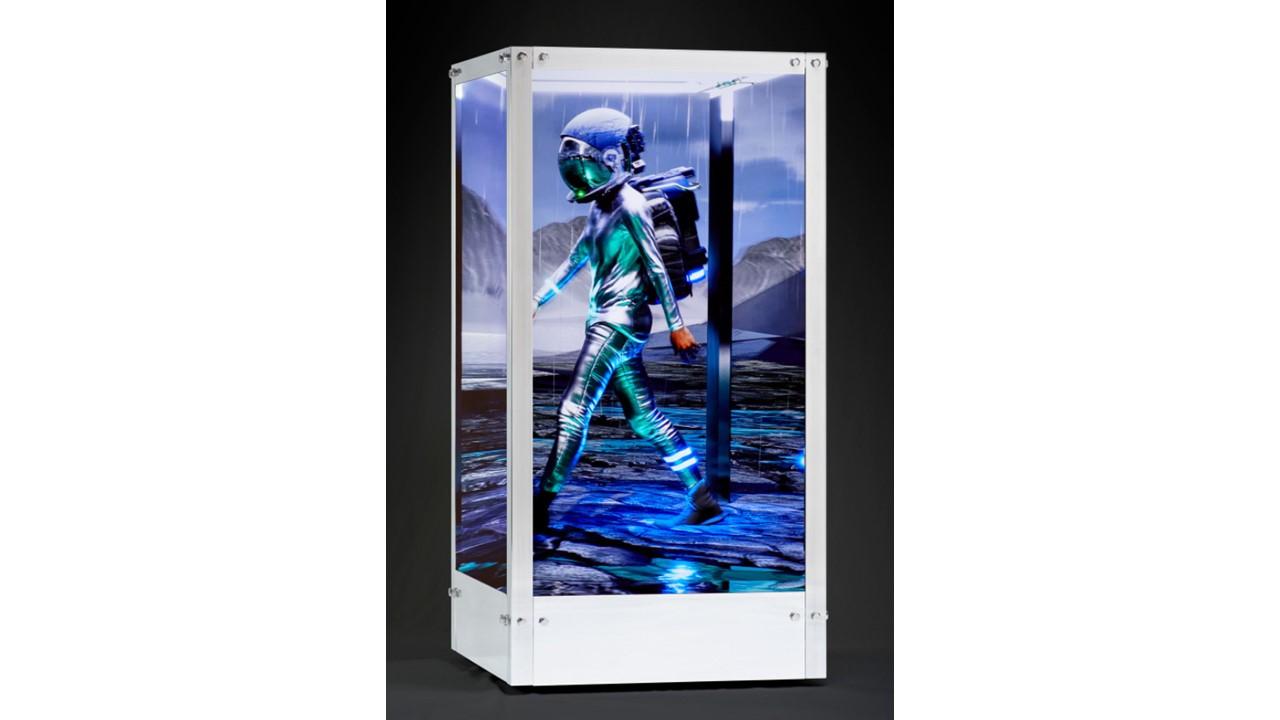How NFTs as Digital Assets Get Tied to Physical Goods
Beeple is auctioning a sculpture as an NFT. How do NFTs as digital assets get tied to physical goods?
Oct. 29 2021, Published 12:48 p.m. ET
When the NFT boom first took place, people wondered how someone could use—or appreciate—digital art like they would a tangible work. Over time, people got used to the idea, but the logistics of certain NFT transactions can still feel confusing.
How do NFTs get tied to physical goods, like Beeple's sculpture it's planning to auction off as an NFT?
Beeple set to auction an NFT sculpture at Christie's
In 2021, artist Mike Winkelmann—known in the art world as Beeple—made history when he sold a digital work of art at Christie's auction house for $69 million. The digital art, called The First 5,000 Days, was tied to an NFT asset.
Now, Beeple is returning to Christie's, this time with a real sculpture—like, one you can actually touch or display in your home. The sculpture, called Human One, will go on auction on Nov. 9 and is expected to rake in a hearty $15 million equivalent in Ethereum-based NFTs. Granted, it isn't as high as the artist's previous NFT sale, but it's nothing to be ashamed of either.
Beeple's upcoming sale showcases a modern kind of mixed media, one in which tangible art or physical goods go on auction, but can only be purchased through NFTs.
In the digital-to-digital world, NFTs are tied to fellow digital assets. However, tying NFTs to physical goods requires a different workaround.
Most physical goods require licensing before NFT creation
People can now have digital ownership of physical intellectual properties that retain licensing agreements. Digital goods can also be licensed, but physical goods remain the leader in the segment.
According to Trevor George, the CEO of Trevco and NFT company Recur, "The most intriguing potential for licensing is the idea of a recurring royalty. Imagine a physical action figure or collectible sells today, and then sells on eBay ten years later for $10,000. The brand does not participate in that secondary transaction. Thanks to NFTs and the blockchain, this is now possible. The brand can participate in the recurring transaction, every time an item sells—forever."
NFT smart contracts set the boundaries of the transaction
According to Ethereum.org, "NFTs are minted through smart contracts that assign ownership and manage the transferability of the NFTs."
Codes that NFT creators make set the boundaries of the transaction, and that information gets stored on the blockchain where the NFT is managed.
Beeple's upcoming NFT art is a smart sculpture
What makes Beeple's sculpture unique is that it's a physical work that ties in digital elements. Beeple's NFT is specially coded to give the artist everlasting control. The screens of the sculpture can show different digital art.
"Mike can change the art remotely forever—he could decide to shut it down, destroy it. [...] The collector will have to be OK with the work changing, because there’s very little chance that [Winkelmann] won’t take the opportunity to surprise the collector with new work," says Christie's head of digital sales Noah Davis.
Winkelmann said, "This artwork’s unique ability to be updated makes it more akin to an ongoing conversation" rather than a finite statement.
As for its going rate in the NFT marketplace, Beeple will have to wait and see.


